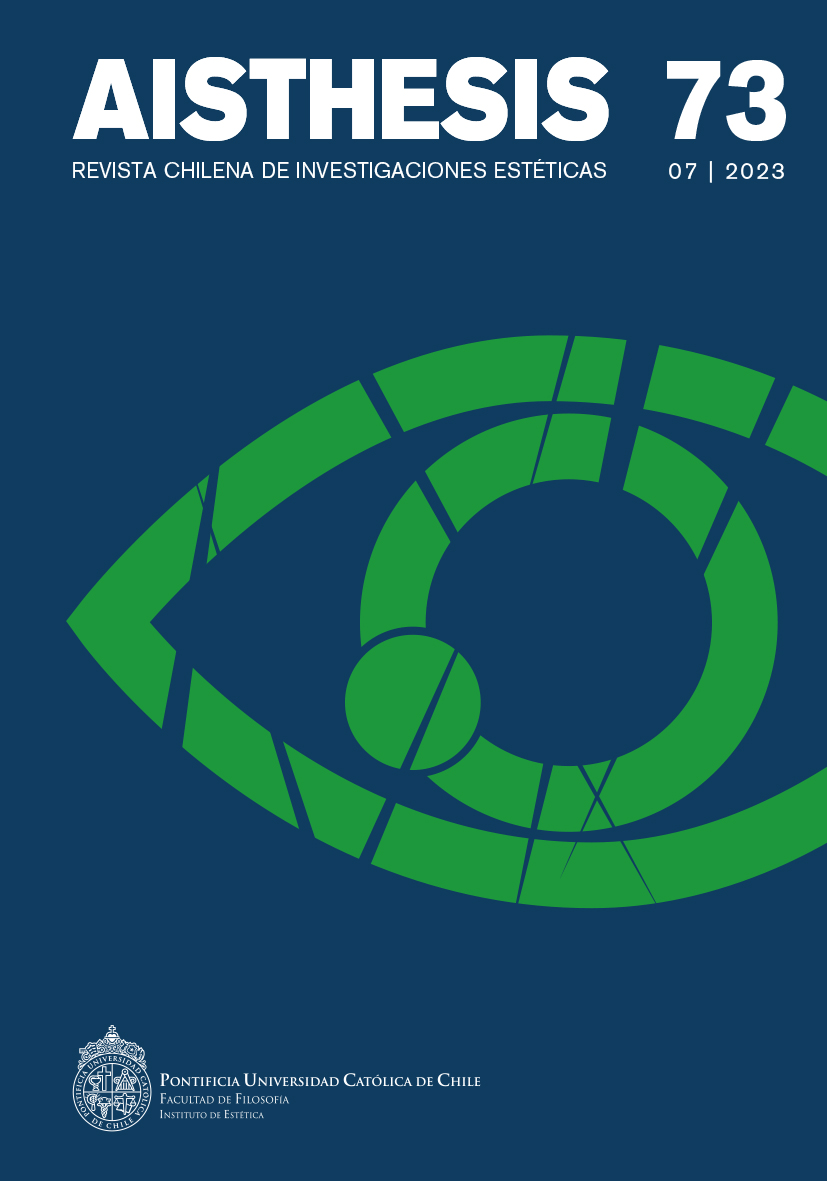An orphan materialism the hermeneutics of restoration in the rozitchnerian reading of Marx
Main Article Content
Abstract
The objective of this work is to recover the decisive characteristics of the interpretation of Marx made by Rozitchner in his last period of production. To achieve this goal, I will analyze two fundamental characteristics of the rozitchnerian hermeneutics: on one hand, suspicion; on the other, restoration. In the first case, it is an interpretative exercise anchored in the reading of the blind spots of the other’s conceptualization. In the second, it alludes to a movement subsequent to suspicion, consisting of the replacement of certain fundamental affective indices. Both interpretative movements, presented throughout the entire work of the Argentine philosopher, had a complementary character in their reading modality. However, the hypothesis of the work maintains that, in his last stage of production, Rozitchner emphasized the hermeneutics of restoration as a privileged way of reading, based on the analysis of the archaic experience with the maternal body in the origin of the human life.
In this manner, I will focus on the mythological-political period of rozitchnerian writing to observe the way in which both interpretative modalities were developed but paying special attention to the hermeneutics of restoration as the predominant form of reading.
Downloads
Article Details

This work is licensed under a Creative Commons Attribution-NonCommercial-ShareAlike 4.0 International License.
All contents of this electronic edition are distributed under the Creative Commons license of "Attribución-shareAlike 4.0 Internacional" (CC-BY-SA). Any total or partial reproduction of the material must mention its origin.
The rights of academic works published in this publication belong to their authors., who grant to AISTHESIS: Revista Chilena de Investigaciones Estéticas the license for its use. The management of the permits and the authorization of the publication of the images (or of any material) that contains copyright and its consequent rights of reproduction in this publication is the sole responsibility of the authors of the articles
